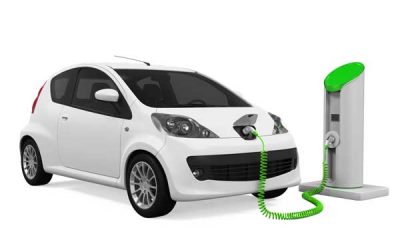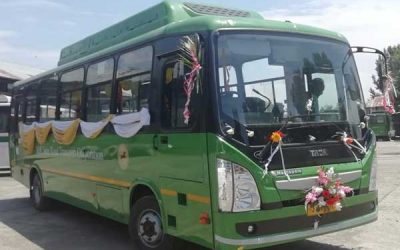In a significant development, SlideShare, LinkedIn’s presentation-sharing service platform, has been acquired by Scribd, a digital library giant, for an undisclosed amount. As LinkedIn forgoes SlideShare, it also undoes the acquisition done eight years ago. The deal with Scribd is likely to be completed by September this year.
SlideShare has been part of LinkedIn since May 2012 and has helped LinkedIn users increase knowledge and share best practices in areas such as marketing, sales, and digital transformation, among others.
“On September 24, Scribd will begin operating the SlideShare business, its 100 million users, along with its presentation upload and hosting tools, and tremendous archive of presentations and documents,” said LinkedIn in an official statement.
Launched in October 2006, SlideShare has been considered as the YouTube of slideshows by the tech industry. LinkedIn acquired the SlideShare platform in 2012 for $119 million. At that time, LinkedIn said that the acquisition would enable it to deliver more value to its users who can share their experiences and knowledge in the form of various documents, videos, and presentations. Later, Microsoft acquired LinkedIn in 2016 as part of a wider UC&C strategy.
Through its blog post, LinkedIn has informed that existing SlideShare users can continue to access their account with the current login information. Post transition, Scribd will manage the existing SlideShare accounts as per their terms and conditions.
A good fit in Scribd’s portfolio?
Scribd has been on an expansion spree for the last few years. The company was launched in 2007 with a sole focus on document-sharing service and then added an e-book subscription service in 2013. Over the years, it started sharing almost everything under the skin on its digital platform.
By acquiring SlideShare, Scribd will be able to further diversify its offerings to users. The company currently has over 100 million digital assets, including audiobooks, music, e-magazines, podcasts, and e-books, hosted on its platform. Now, with SlideShare purchase, it will further expand its portfolio in professional content and presentation space as well.
Last year, the company had raised $58 million from growth firm Spectrum Equity for its expansion and growth plans.
“Our acquisition of SlideShare is a major step towards creating the world’s largest digital library,” said Trip Adler, co-founder and CEO of Scribd. He further elucidated that the acquisition will enable Scribd to continue to diversify offering while driving even more readers to the books, audiobooks, magazines, and other professionally published works in its digital library.
LinkedIn does away with a misfit?
As LinkedIn forgoes SlideShare, the move seems to be in line with its future strategy of focusing on its premium services for the next level of growth. For the first few years, the professional networking site wanted to build a repository of contacts senior executives, enabling real-world professional relationships. At that time, it offered almost everything for free without concentrating on revenues. However, with over 700 million registered members in 150 countries, it is now majorly focusing on premium services with a monthly subscription model. Some of the key services it has been offering under its premium plans include In Mails, premium insights, online training, among others.
SlideShare, for all the reasons, has not been aligning well with LinkedIn’s long-term plans. First, it was a free service where everyone could share and distribute professional content, which may or may not have been attributed to genuine authors.
Second, through its verified training courses and downloadable resources, it can strategically focus on building exclusive content repositories for its premium users. In future, virtual platforms will likely become more mainstream mediums to learn, collaborate, and share.














0 Comments